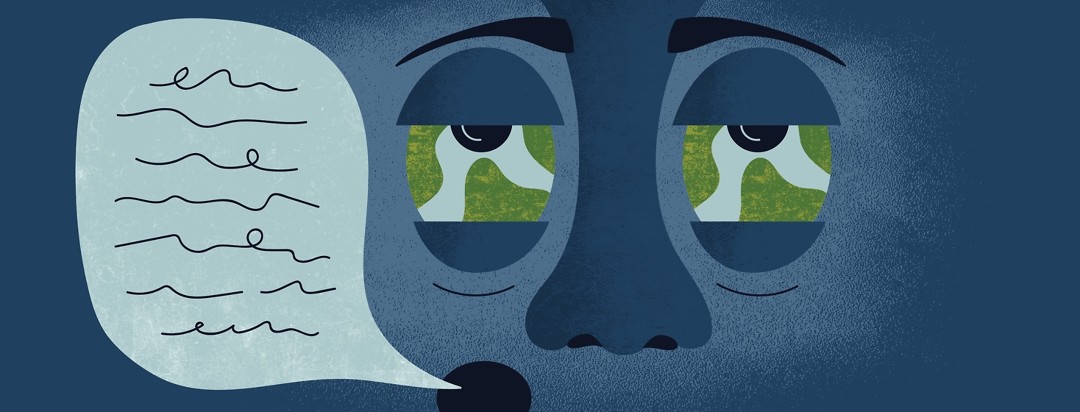World Narcolepsy Day - Take Over the World
Taking over the world one story at a time.
Pinky: “Gee, Brain, what are we going to do tonight?”
Brain: “The same thing we do every night, Pinky. Try to take over the world.”
History of World Narcolepsy Day
The reference is from Pinky and the Brain an animated series from the Warner Brothers. Pinky and Brain are laboratory mice that have been genetically altered. The intentions of the two mice never deviated — a new dubious plan to overtake the world that ends in abject failure.
The worldwide community of narcolepsy advocates turn the tables and have their day on the world’s stage, only our efforts will succeed. The inaugural World Narcolepsy Day was on September 22, 2019, involving 22 separate organizations. This year, 4 more organizations have joined this collaboration making for 26 organizations spanning 6 continents — truly a worldwide effort.1
United States non-profit collaborators
The United States is well represented in this event with 7 patient organizations participating: Day4Naps, FACES of Narcolepsy, Hypersomnia Foundation, Narcolepsy Network, Project Sleep, PWN4PWN, and Wake Up Narcolepsy.
This day is not to be confused with Suddenly Sleepy Saturday or Narcolepsy Awareness Day that takes place in March every year. Both days are opportunities to raise awareness, whereas Suddenly Sleepy Saturday involves local events and legislative endeavors.
Increasing narcolepsy awareness and reducing time to diagnosis will take a combined effort, not just nationally but internationally. Listening to the voices of many languages speaking in unison with combined purpose will be a beautiful din. The combined effort is required for large-scale change.
Importance of worldwide efforts
Why is worldwide acknowledgment important? There are approximately 3 million people worldwide living with narcolepsy, and it is estimated that only 25 percent of those individuals are diagnosed and receiving treatment.2
Working with the nonprofits has shown that although each has separate agendas and niches, they all share the goal of increasing awareness. The combined resources and reach of these organizations are required to make change on a global scale. Networking with our brothers and sisters in sleep across the globe, we increase our strength.
Recognizing how far we have come
Although there is much work to be done, it’s easy to take for granted the access to diagnosis and treatment that we have in the United States. This is not always the case across the globe. Access to key medications, like the nighttime sleep medication, Xyrem (sodium oxybate) is not available in all countries. Legislative work needs to be done in the states as well.
Tracking sleep disorders requires a coordinated effort and appropriate funding. Working alongside patient advocates with Project Sleep and the scientists at the Sleep Research Society provided me a glimpse of current legislative asks that are underway. Although witnessing collaboration-in-action has been inspiring, it underlies the work that is still necessary in the States.
What can you do to help?
A question I am asked is, “What can someone do to contribute to raising awareness on World Narcolepsy Day?” Every person with narcolepsy has a great asset to share to raise awareness — their own personal story. Statistics and facts are useful for conveying the impact of narcolepsy; however, they don't make a personal connection. Sharing personal stories of life with narcolepsy is critical to reducing stereotypes, fighting stigma, and increasing awareness.
Choosing to share personal information and open up means different things to different people. Only the individual person with narcolepsy can decide what they feel comfortable sharing. A detailed story can be helpful, but so can sharing memes and infographics. Feel free to share my story and the memes I have had the opportunity to create, if needed. Look to share someone whose story is relatable.
There is also a "cloud campaign" available through Project Sleep to help track advocates' location through selfies and signage.1 Another option would be to add a "frame" to a profile picture from one of the non-profits.
Power of unified voices
The biggest strength is the power of the voices in our community. Our combined voices are a huge step in cooperation among the nonprofits. Volunteering with 4 of the nonprofit organizations has shown me that their approaches vary, but the quality and caring amongst my co-advocates is universal.
Advocacy can be approached like every day is World Narcolepsy Day. I tell my story to 1 to 3 new people every day, which raises awareness to 30-90 people every month. The guerrilla advocacy approach has been more impactful than any one presentation or speech. Small steps over time will yield huge results.
My question: “Gee, co-advocate, what are we going to do on World Narcolepsy Day?”
The answer: “The same thing we do every World Narcolepsy Day, Matt. Try to take over the world.”
The World’s Strongest Person having narcolepsy with cataplexy approves this message.

Join the conversation